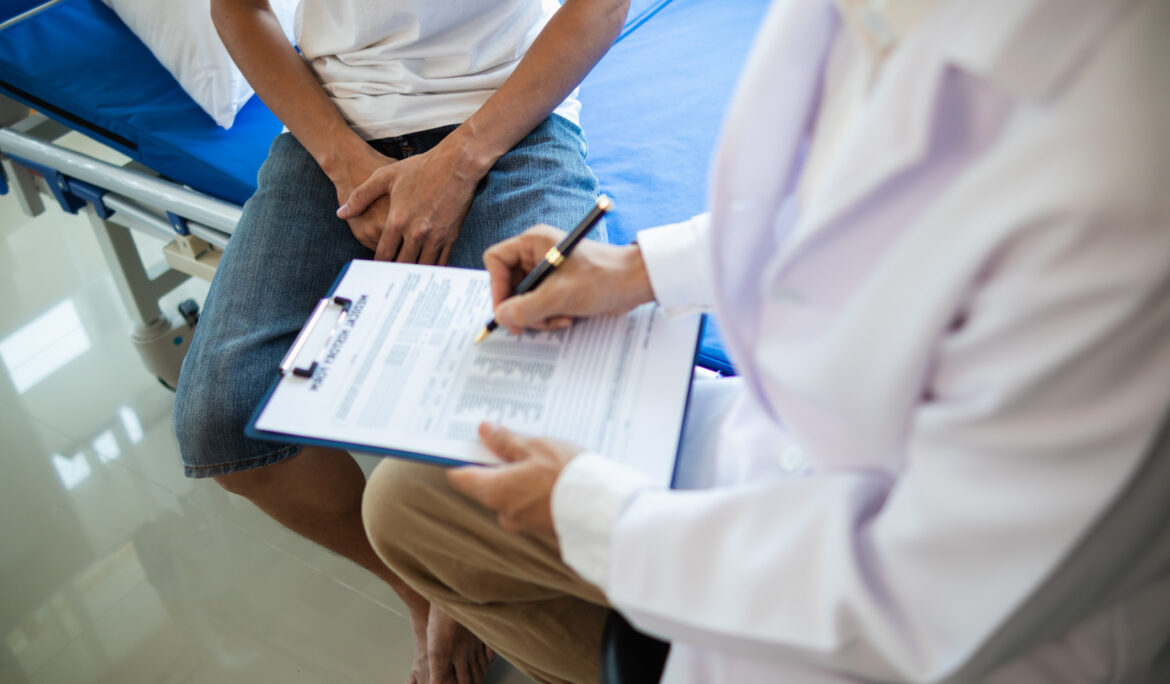The Complex Landscape of Sexually Transmitted Diseases

Sexually Transmitted Diseases (STDs) pose a significant risk to public health globally, with a multitude of forms, each carrying its own set of risks and symptoms. It is imperative to grasp the diverse nature of STDs, understand the primary causes behind their transmission, and take proactive measures to prevent their spread.
The Multifaceted World of STDs
STDs encompass a broad spectrum of infections, ranging from bacterial to viral and even parasitic. According to Planned Parenthood, common STDs include chlamydia, gonorrhea, syphilis, herpes, human papillomavirus (HPV), and HIV/AIDS. These infections can manifest in various ways, from genital sores and discharge to asymptomatic carriers, making detection and treatment complex.
Primary Causes and Transmission
Understanding the primary causes of STDs sheds light on their transmission dynamics. Studies conducted by The National Institutes of Health (NIH) have shown that STDs typically spread through sexual activity, including vaginal, anal, and oral sex. Unprotected intercourse with an infected individual significantly heightens the risk of contracting an STD. Moreover, engaging in sexual activity with multiple partners amplifies vulnerability to infection.
Preventive Strategies
Prevention lies at the forefront of combating STDs. Mayo Clinic emphasizes the importance of practicing safer sex through consistent and correct condom use. Limiting sexual partners and undergoing regular STD screenings also play pivotal roles in prevention. Vaccinations, such as the HPV vaccine, offer additional protection against certain STDs. Educating oneself and fostering open communication with sexual partners are integral components of preventive strategies.
The Universal Risk
One crucial aspect to acknowledge is that anyone can be at risk of contracting an STD. Regardless of age, gender, or sexual orientation, engaging in sexual activity without proper precautions exposes individuals to potential infection. Recognizing this universal risk underscores the importance of prioritizing sexual health and seeking timely medical intervention when necessary.
Empowering Action and Awareness
Being proactive about sexual health is paramount. If one suspects exposure to an STD or experiences symptoms indicative of infection, seeking medical evaluation is imperative. Prompt diagnosis facilitates timely treatment, mitigating potential complications and preventing further transmission. Additionally, raising awareness about STDs within communities fosters a culture of informed decision-making and destigmatizes conversations surrounding sexual health.
Explore TBYS Resources
To delve deeper into the realm of STDs and access comprehensive resources on sexual health, visit the Think Before You Sleep (TBYS) website. Our resource guide offers valuable insights, from understanding different STDs to implementing preventive measures. Empower yourself with knowledge and take proactive steps towards safeguarding your sexual well-being.
In conclusion, the landscape of STDs is multifaceted, encompassing various infections with distinct risks and symptoms. By understanding the primary causes, adopting preventive strategies, and fostering awareness, individuals can take charge of their sexual health. Remember, anyone can be at risk of an STD, underscoring the importance of prioritizing sexual well-being and seeking timely medical intervention when needed.
Explore TBYS Resource Guide for comprehensive information on sexual health and STD prevention.

